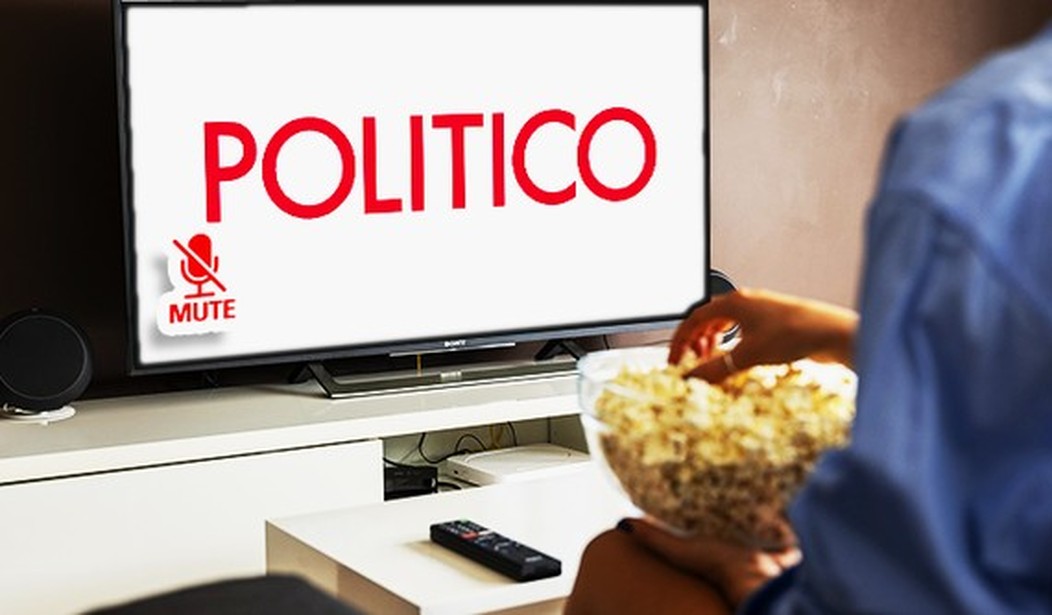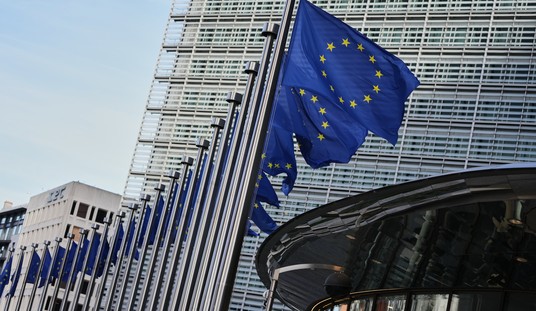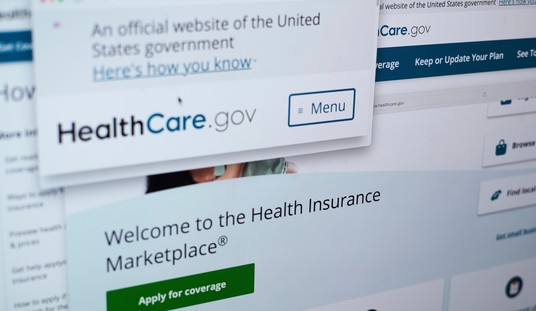"Dear god," Sam Stein posted to Twitter this morning. "Hard to believe we're on day two of this." And Hugh Hewitt agreed, in his way, which could be their only convergence in the Politico Pro scandal on Day Two.
For those who missed it yesterday, the US DOGE Service initially uncovered over $8 million in payments to Politico, with later reports putting their government income at over $30 million. This got caught up and somewhat conflated with the USAID spending scandal on grants, about which David has more. The funds in this case were spent by other executive branch agencies to subscribe to Politico Pro, which apparently costs $12,000 annually. We know that because the Food and Drug Administration (FDA) had 37 active subscriptions alone, accounting for $443,000 of outlays in the last fiscal year:
I have used my uncanny calculator skills to determine that Politico was selling Pro Subscriptions for $11,999.94 each. https://t.co/c1Dh5gMAPn
— FilmLadd (@FilmLadd) February 5, 2025
The sheer volume of these subscriptions and the scale of taxpayer money getting paid to Politico as a result calls into question the motives behind the spending. We'll return to that point momentarily, but Stein objects to the characterization that it's a naked subsidy to left-wing media. The subscription carries actual value for government officials, he argues, and they would have succeeded more with advertising if they expected this to influence Politico's coverage:
Politico offers policy-focused newsletters (Politico-Pro) for a price. People who work in those fields are smart to pay for it because it provides exclusive, important information that helps them do their job. If we want our government officials to be more knowledgable we should encourage that they absorb more material. That comes with a price. but they also pay for lots of things to round out their world view/knowledge base.
Politico also offers a wide range of reporting for free. That tends to be on politics, not policy. No one pays for that currently.
Politico also runs a few non-pay subscription newsletters that advertisers can run ads on (playbook, etc).
The US government is not buying influence with Politico by subscribing to its Pro newsletters. If it wanted to send the publication money it would probably be able to do it more effectively and at a bigger scale by spending huge amounts on ads. But even then there is a clear, unambiguous line of demarcation between editorial and business.
Hewitt rebutted this argument, especially on value:
Oh please. Private sector businesses can spurge on allegedly indispensable newsletters that didn’t exist 20 years ago. But this subscription price is the equivalent of redecorating your office on day one. It is indefensible. Agencies are supposed to the repositories of expertise not the recipients of it via pricey and public news letters. The circling of the wagons around this scandal reveals everything about the Beltway journos-permanent government mind meld that sparked the “countryside v the capital” struggle that has been underway since 1980.
There are two arguments here: one is on the value of a Politico Pro subscription, and the other on the motives behind the subscription decisions in government offices. Stein, a former Politico reporter, insists that there is value in the product, but is it $1000/month worth of value? Especially to executive-branch officials?
Let's stipulate that (a) this is an actual product that others can also purchase, and (b) value-for-cost is a judgment call on the part of the subscriber. Even so, Hugh's argument hits the mark here. It might be very valuable for private-sector companies within the federal regulatory sphere to have this kind of concierge-analysis service handy to get the inside skinny on regulatory agencies, but it's strange to argue value in the opposite direction. If a regulatory agency like the FDA needs to know something, they have all sorts of authority and power to get that information directly. Why would they wait until a news org managed to dig something up?
Others have argued that other media orgs have similar concierge-service subscriptions, such as Bloomberg Terminal, which is actually more expensive ($20K a year or so, reportedly). That gives users access to all Bloomberg data, but the value there is in real-time trading information on stocks, bonds, and commodities. That has a direct correlation to profit-implicating decisions. Waiting 15 minutes to see the pricing on CNBC is not effective for those purposes, and the stakes are high enough to objectively justify the costs for those involved in trading. For news and law research, however, people can subscribe to Lexis-Nexis for about one-sixth the cost of Politico Pro and gain access to a vastly larger store of information.
And even if one can find some value to justify a $12,000/year subscription at the FDA rather than a less expensive and more comprehensive alternative, why would the FDA need thirty-seven of them at a time?
Stein then goes on to argue that government agencies could have exerted more influence by buying advertising than Pro subscriptions. Hypothetically perhaps, but that skips over the fact that such advertising buys would have been public. Such campaigns would have immediately raised questions about why the FDA and other executive branches were spending $443,000 a year on expensive advertising. It would have made the conflict of interest obvious for Politico as well. Buying $8 million (or $30 million) a year in subscriptions kept that income covert to Politico's readers and the public at large, and allowed Politico to falsely pose as independent from the government agencies that funded them.
That is nothing short of corruption, on the part of both parties. Politico took $8 million a year directly from government agencies without disclosing it as part of their reporting on the executive branch. They can argue that it didn't influence their reporting, but former Politico reporters Marc Caputo and Tara Palmieri will likely beg to differ. The bureaucratic state bought a stake in Politico, and it got the coverage it wanted from its investment.
I'll give the final word on this to Tim Carney, who notes that Politico's own definition of "subsidy" applies completely in this instance.
This is true, unless you use Politico's own definition of "subsidy."
— Tim Carney (@TPCarney) February 6, 2025
When parents get a voucher for their kids, if they spend it a Catholic school, POLITICO calls it a "subsidy" to Catholic schools.
If HHS spends my money on a POLITICO subscription, is that not also a subsidy? https://t.co/r3FDtvvwQ7 pic.twitter.com/F6tgT3DSZt








Join the conversation as a VIP Member